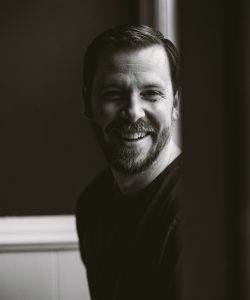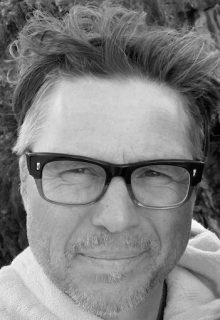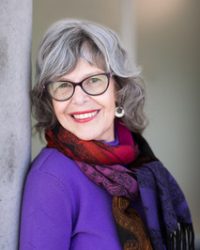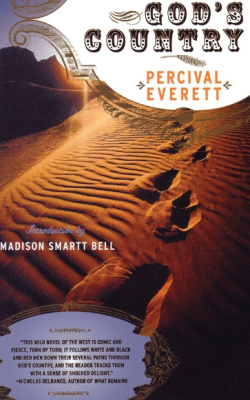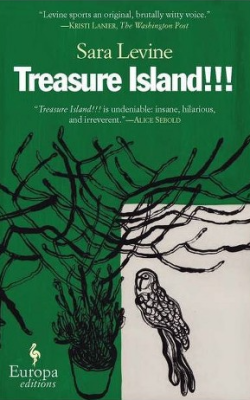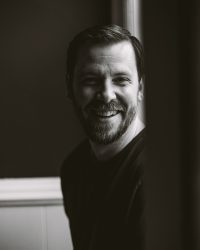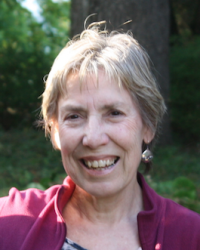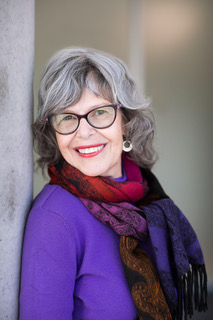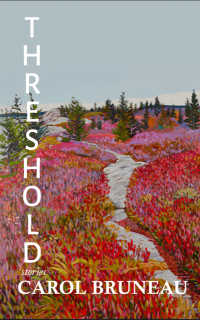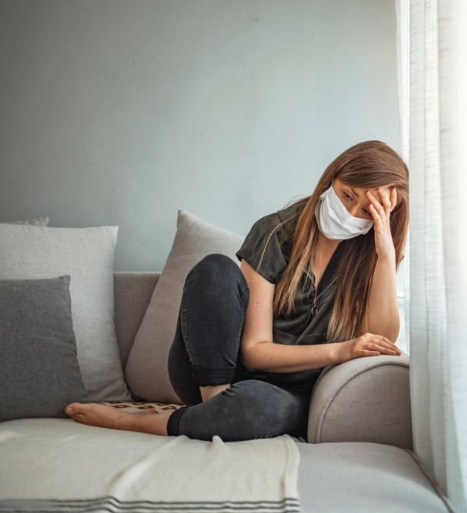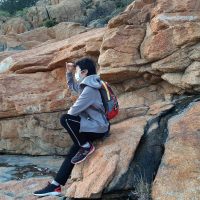Needing a palate cleanse after feasting on Michael Crummey’s The Adversary and Magda Szabo’s The Door—two intensely immersive allegorical novels—I gravitated to the nonfiction section of my favourite bookstore. A bit of backstory: as winter set in, I’d recently bought a treadmill and soon discovered the best way to make myself use it was by multitasking: reading while treadmilling away. (Though a proponent of less is more, I hate wasting time.) Whaling through The Journals of Hildegard of Bingen and poet Kathleen Norris’s essay collection The Cloister Walk, I struggled through R.F. Kuang’s bestseller Yellowface (and not just due to the monotonous movement of my feet). The upshot of what I learned? It was best to save fiction, literary fiction especially, for undivided mind/body/spirit attention, to be enjoyed from the couch.
Essays, on the other hand, synced better with footwork, brain food in optimal portion sizes to keep me on track. That day in Bookmark, I needed fuel for my writing, for my preoccupation with stories and ideas, my parallel universe of characters, situations and settings. Needed the inspiration of other writers, the well-heeled company of others’ brilliant words.
As luck would have it, the books I chose happened to share a shelf: journalist and folklorist Emily Urquhart’s latest collection of essays, Ordinary Wonder Tales, Giller Award winning novelist Esi Edugyan’s collection of 2021 CBC Massey Lectures, Out of the Sun: On Race and Storytelling, and the inimitable Salman Rushdie’s Languages of Truth: Essays 2003-2020. A solid entry into his writing, I hoped, since in past efforts to read him, I’d found his loquacious style overwhelming.
In Urquhart’s writing, her ideas approached through a folkloric lens, I found instant companionship: ideas I readily share about the magical, goosebump-raising proximity of the unseen world to our everyday one. Stories about ancestral communities in Newfoundland, hauntings, childbirth, happenstance, and the incredible fragility of our lives. So moved by these essays and their uncanny relatability, I’ve already delved into Urquhart’s two earlier collections.
Meanwhile, treadmilling away, imagine my shivery delight cracking Edugyan’s book to discover similar themes, but viewed through the lens of race. Writing with candour and a cool, far-reaching intelligence, Edugyan shares personal experiences of hauntings with a humble respect for the uncanny, debunking the dangerous mythologies that allow white supremacy to blind us to the realities of existing as a black person. These erudite, expansive essays opened my eyes to how very little I knew about racism’s global roots, reaching from the historical to the current experiences of the black community not only in North America, but Africa, Europe and Asia.
As a white, reasonably well-educated author from a settler background, living and working in a province riven by systemic anti-Black racism and its legacies, I have much more to learn. My ignorance of much of the history detailed here proves Edugyan’s contention. Of course, we read to see ourselves reflected. Books reassure us that we’re not alone, but more importantly, call us out when needed, showing us where we should hold ourselves accountable. And then (feet treadmilling, nose deep in book), on to Salman Rushdie. Maybe by accident or no accident whatsoever, I soon discovered here all the themes explored in the other collections writ large. No holds barred, Rushdie’s essays cross cultures, religions, ethnicities, literary eras and genres. At this point, only halfway through them I can’t wait to hit the treadmill and dive back in, because Rushdie is easily one of the bravest writers I’ve read—and not just for his acclaimed political and moral stance against murderous opponents. The collection is an array of literary lectures, acceptance speeches, talks, and critical writings that convey the astonishing depth and breadth of his work. With its focus on the transformative power of the imagination, on the power of literature to resist religious and political ideologues that would crush all freedom of expression and freedom of choice, the writing also proves Rushdie to be among the more magnanimous writers I’ve encountered, as funny and self- effacing as he is biting, a fiery defender of the truth as he sees it. Yes, I’m embarrassingly late to the party, and as a person of faith, I don’t necessarily agree with all Rushdie’s opinions about God, although he’s spot on when he speaks of godlessness. Also, the relative shortage of women writers he discusses as peers in the first half of the book rankles—although, in passing, he references Edugyan, and later on, I gather from a quick skim of the remaining contents, mentions Margaret Atwood, Toni Morrison, Susan Sontag and a host of others.
All three of these collections explore and embrace magic realism. But Rushdie’s remarks push ideas raised in Edugyan’s and Urquhart’s essays toward an absolute, about the power of the imagination (the supernatural and the stuff of fables) to bring to the fore our worries and fears, and the power of writing to exercise, excise, and sometimes even exorcize them. In an essay about Gabriel Garcia Marquez, he writes, “…The wonderful has deep roots in the real and for that reason is able to use the surreal to create metaphors and images of the real that come to feel more real than reality, more truthful than the truth.” (126). So be it! At their core, the three books challenge us to question the boundaries between what is “real” and what’s invented, what is true and what is the product of spin.
Serendipity, that I happened upon them shelved fairly close together, or simply evidence of Bookmark’s thoughtful curation? I don’t believe (much) in accidents. Each of the collections is a triumph, not just for the writer but the reader, whoever and wherever you may be. I see you, their contents said to me, and isn’t it the writer’s job to make the reader feel noted, that the concerns they share are addressed?
Reading these essays, for all my shortcomings (just one example: an inability to read Samuel Beckett’s novels, a common issue Rushdie handily tackles) and the limitations of my own perspective, I’ve felt not only seen but nurtured and challenged, mind (and body) exceptionally well exercised. Moreover, they’ve prepared me to hit the couch and re-enter fiction land, where my heart truly lies. First up has been a novel by Amanda Peters, a Nova Scotian author of Mi’kmaw descent, The Berry Pickers, in which dream and memory guide the lost. Right now is Claire Keegan’s So Late in the Day (talk about less is more). And next up? The Satanic Verses.
Edugyan, Esi. Out of the Sun: On Race and Storytelling. CBC Massey Lectures. Toronto: House of Anansi, 2022.
Rushdie, Salman. Languages of Truth: Essay 2003-2020. Toronto: Vintage Canada, 2021.
Urquhart, Emily. Ordinary Wonder Tales: Essays. Windsor, Ontario: Biblioasis, 2022.
